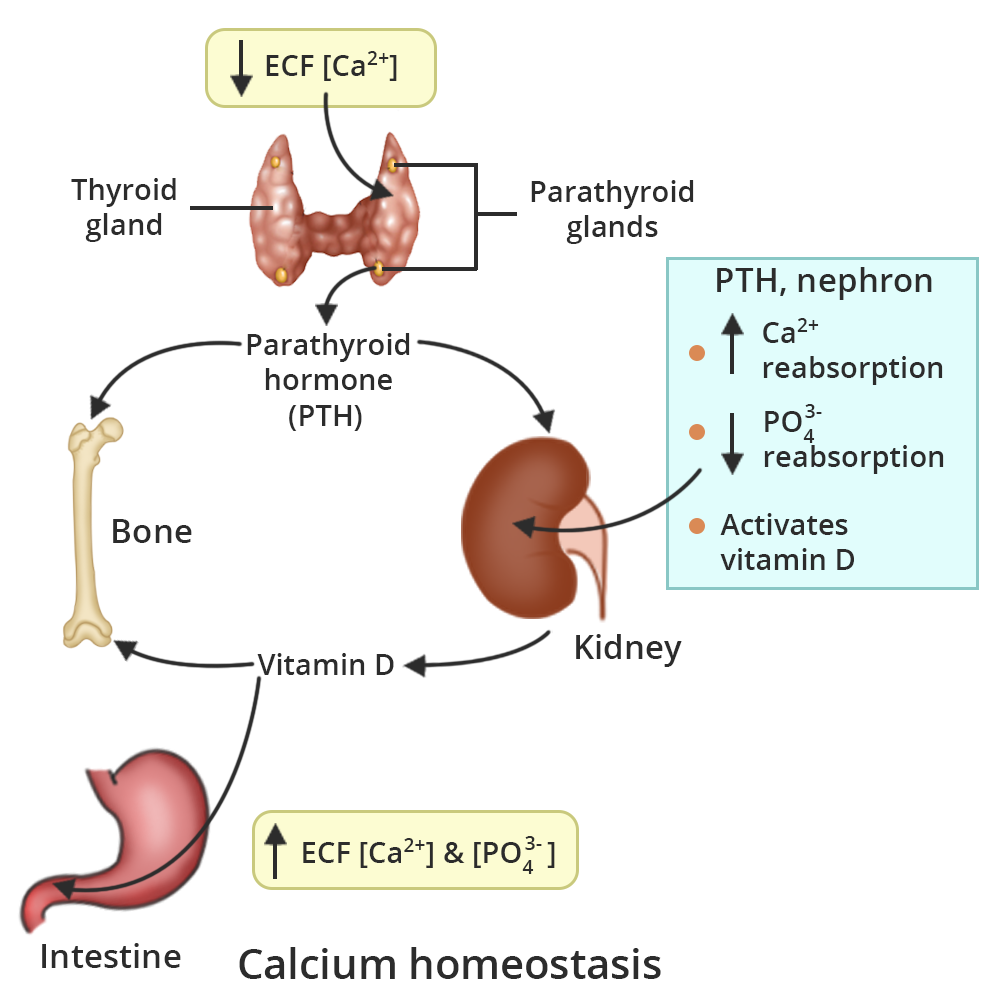Vitamin D and homeostasis of calcium
 The bones in our body provide us support, a defined
shape, the ability to make a wide range of movements, protect our vital
organs, produce and maintain blood cells, and act as reservoirs for chief
minerals such as calcium and phosphorus.
The bones in our body provide us support, a defined
shape, the ability to make a wide range of movements, protect our vital
organs, produce and maintain blood cells, and act as reservoirs for chief
minerals such as calcium and phosphorus.
Some of the diseases that affect the bones are rickets (in children), osteomalacia, and osteoporosis. These diseases make the bones soft and porous, making them more vulnerable to fractures. As we age, our bones lose their density, especially in women, and this is due to the loss of calcium, phosphorus, and other minerals.
Minerals such as calcium and phosphorus are obtained from the food that we consume and are deposited in the bones constantly. They are constantly withdrawn in order to maintain the blood mineral levels as well. This is called resorption. It is a mechanism in which tissues are broken down by specialised cells and minerals are released back into the bloodstream. This regulates a continuous cycle in which the tissues in the bones are maintained and repaired. Thus, bones act as reservoirs of minerals.
You must be wondering about the role of vitamin D in all of this. Vitamin D is essential for the homeostasis of calcium, i.e. it regulates the calcium levels present in the blood, thus maintaining healthy and strong bones.
Let us understand this in detail. Homeostasis of calcium takes place in three major sites – intestine, kidneys, and bones.

In the intestine, the active form of vitamin D, known as calcitriol is required for synthesising calcium binding protein (CBP), a carrier protein. CBP increases the intestinal absorption of calcium which in turn increases the calcium level in the blood. Therefore, vitamin D is said to have hypercalcemic effect.
In the kidneys, vitamin D enhances the activity of a hormone called parathyroid hormone (PTH) which is essential for the resorption of calcium.
In the bones, vitamin D enhances the activity of osteoblasts. Osteoblasts are cells that form new bones, especially in growing children. It promotes calcium uptake and deposition (calcification) of bones.
During hypocalcemia or calcium deficiency, in order to maintain the blood calcium level, vitamin D promotes bone resorption. It is carried out by osteoclasts, the cells responsible for the breakdown of bone tissues.
Now that you know how essential vitamin D is for our bones, you must be wondering what the best way to get vitamin D is. The answer is quite simple, it is sunlight. Getting some sunlight (about 10-30 minutes) every day is a sure shot way to ensure that we are getting our daily dose of vitamin D. Let me warn you though. There are consequences of having more than the necessary amount of vitamin D in our body. To find out about that and to know how sunlight affects the synthesis of vitamin D in our body, visit our website.
– Beena P V
